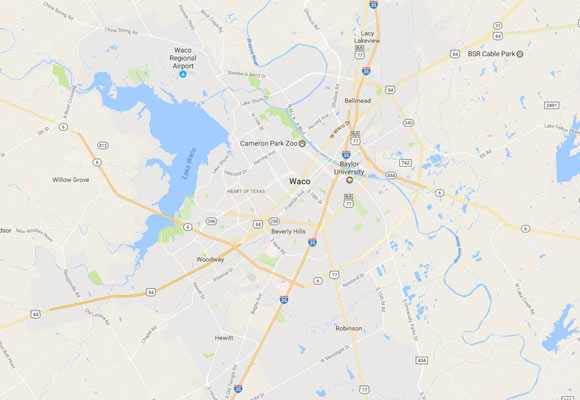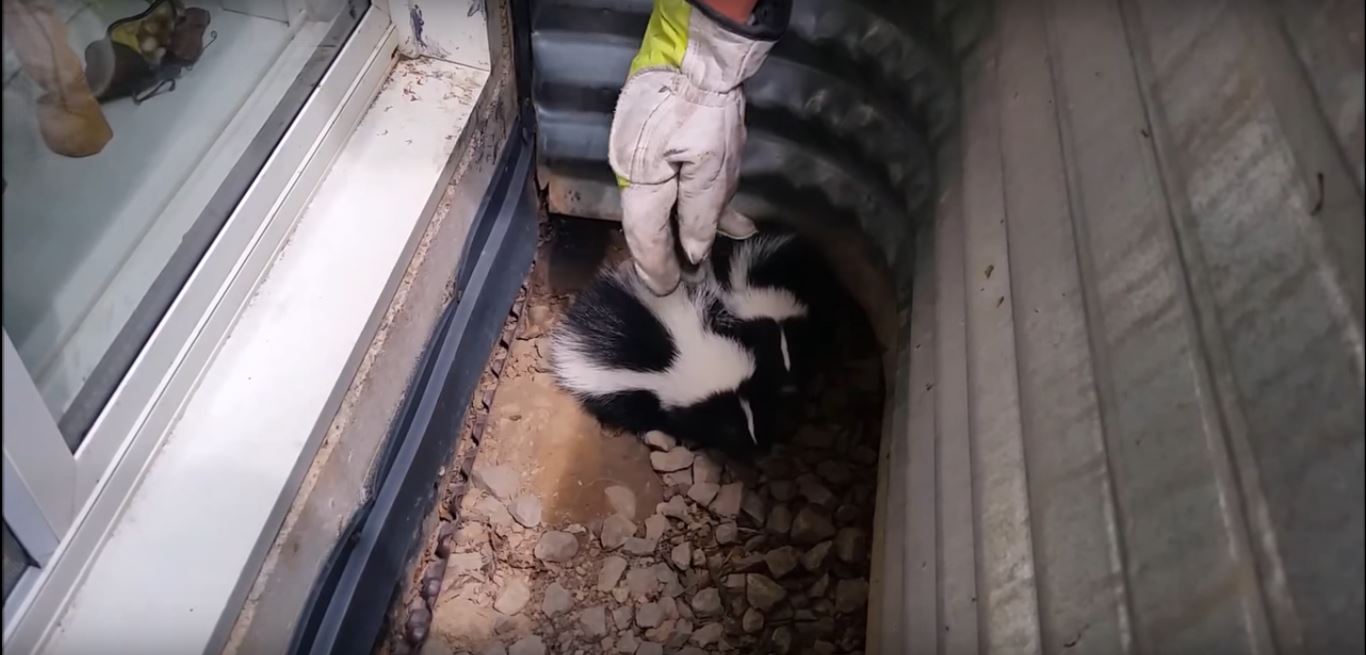
Pest Animal Removal Waco - Wildlife Control
Welcome to Pest Animal Waco! We are a wildlife removal company servicing Waco, TX. We’re a family-operated and run wildlife removal and control company, specializing in the removal of animals from commercial and residential buildings. We carry the appropriate insurances, licenses, and permits for both, and all of our operatives are incredibly knowledgeable and friendly. We’re one of the biggest and highest-rated companies for wildlife control in your area, and we have operators standing by for your call. Same-day appointments are available, and you’ll meet with a fully-trained professional who has all the tools and equipment they’ll need to get the job done — safely and quickly. Call us now at 254-523-0640 for your Waco wildlife control needs.
About Pest Animal Waco and Our Services:
Property inspections and in-attic inspections.
Nuisance wildlife trapping and removal.
Critter damage repair to your home.
Licensed and insured in Texas
Waco rat control and rodent removal
Bat control in Waco - removal from attics
Raccoon and skunk removal in Waco
Waco dead animal removal inside houses.
Texas Snake control services
Bird Removal and Prevention
Call us any time to discuss your wildlife problem!
Our Service Range

Our Service Range
We service the county of McLennan and towns such as Bellmead, Beverly Hills, Bruceville-Eddy, Gholson, Golinda, Hallsburg, Hewitt, Lacy Lakeview, Leroy, Lorena, Mart, McGregor, Moody, Riesel, Robinson, Ross, Valley Mills, Waco, West, Woodway, Crawford, China Spring, Axtell, Elm Mott, Ocee, and Speegleville.Waco Wildlife Removal Tip of the Month: About Texas Skunks
About Skunk
Skunks are small to medium-sized mammals who live in tree hollows, most often far from
urban on human-inhabited areas. Skunks vary in color depending on the type, and the color
of their fur can range from light brown to gray and even black. In popular culture, Waco skunks
are often presented with a long, white stripe at the middle of their back. However, the majority
of types of Texas skunks don't have a white stripe that is noticeable to that degree. Skunk's head shape
somewhat resembles a cat, as they have narrow faces with slightly pointed nozzles. Also, eyes in
skunks are quite widely separated. Skunks are specific for their long, slim bodies and long, fluffy
tales. However, the feature they are most famous for is their ability to spray their victims and use
the unpleasant smell coming from their glands to defend themselves.

Skunks have all the usual features of wild Texas mammals. They walk on four legs and are equipped with sharp
claws. Their teeth, though small, are very sharp, and they have a set of usual mammal sharp K9s. The head
of the Waco skunk strongly resembles a cat, although the shape of their bodies is quite different. Unlike cats,
the build of the skunks resembles more with a squirrel. Skunk's body is long and slim, with a long and fluffy
tail. Underneath their tales, skunks have a gland that releases a substance of an intense and unpleasant smell.
Each time a skunk is scared, it will raise its tail, pointing their gland into the object or an animal it is
trying to affect. Then, the gland will release its content in a cloud of spray, that will often chase away
opponents or predators.
Skunks normally mate during the spring. As the species itself is polygynous, one male will mate with multiple
females. Once the females become pregnant, they will carry their babies for about 66 days, which is the length
of the gestational period for Texas skunks. Skunk kits are very vulnerable right after they are born, and they need to
stay close to their mother in order to survive. Their bodies are usually wet and covered with soft fur. While
males have no part in taking care of the skunk kits, female skunks will stay next to their offspring up to a
whole year following their birth. These types of Waco skunk families are called dens. Often, skunks den inside tree
hollows. After a whole year has passed since the kits were born, they will move on to live independently.

